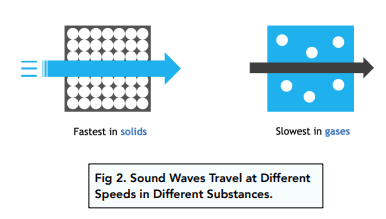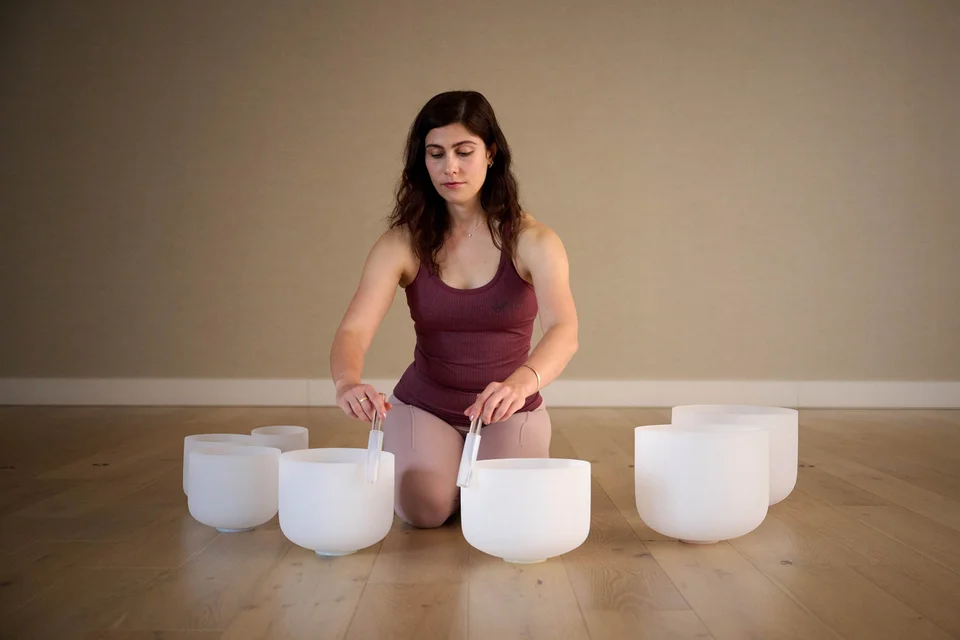Conducting a Sound Bath Is a Lot Harder Than It Looks—Here’s What Experts Want You to Know
On the surface, a sound bath might look simple: a serene room, a few gongs, crystal singing bowls, maybe a calming voice guiding you through some deep breaths. To the untrained eye, it might seem like anyone with a good Spotify playlist and a quartz bowl could lead a session.
But as any experienced sound practitioner will tell you—there’s a lot more going on behind the scenes.
Just like yoga, breathwork, or meditation, leading a sound bath is both an art and a science. It’s not just about making relaxing sounds; it’s about creating a carefully crafted experience that impacts people physically, emotionally, and energetically.
Let’s take a closer look at what really goes into conducting a sound bath—and why it’s far more complex than it appears.

🎼 First Off, What Is a Sound Bath?
If you’re new to the concept, a sound bath is a meditative practice where participants are “bathed” in waves of healing sound and vibration. These sounds often come from instruments like:
- Crystal singing bowls
- Tibetan metal bowls
- Gongs
- Chimes
- Drums
- Tuning forks
- Voice/humming/chanting
The intention is to quiet the mind, relax the body, and shift the nervous system into a more balanced state.
🎵 Why Sound Baths Feel So Good
Sound isn’t just something we hear—it’s something we feel. Every sound wave creates a vibration that travels through the air and into your body. When used mindfully, sound can:
- Slow brainwaves to promote deep relaxation
- Lower stress hormones like cortisol
- Soothe anxiety and overwhelm
- Improve sleep quality
- Release energetic or emotional blockages
Sound baths are often described as “effortless meditation.” You just lie back and let the vibrations do their thing. But creating that kind of powerful experience for others? That takes skill, awareness, and a lot of behind-the-scenes training.
🥣 Why Conducting a Sound Bath Is More Challenging Than You Think

So what’s happening behind the bowls? A lot more than meets the eye—or ear. Here’s why being a sound practitioner is no walk in the park.
1. 🎼 It Takes Musical Sensitivity—But It’s Not About “Performing”
Sound bath practitioners aren’t performing a concert. They’re curating a soundscape that supports healing. That means being attuned to:
- The energy of the room
- The emotional state of the participants
- The rhythm of breath and movement
- How each sound interacts with the nervous system
There’s no script—only deep listening and intuitive flow. A wrong note or clashing frequency can pull someone out of a meditative state. That’s why training is so important.
2. 🧠 You Need a Solid Understanding of Sound Theory and Science

Many experienced facilitators study vibrational therapy, neuroacoustics, and psychoacoustics—the science of how sound affects the brain and body. This includes:
- Understanding binaural beats and entrainment
- Using specific frequencies for targeted healing (like 528Hz for heart energy or 432Hz for calm)
- Knowing how sound affects different chakras or energy centers
Sound can deeply affect people—especially those who are sensitive, neurodivergent, or processing trauma. A well-trained facilitator knows how to guide the room safely through these subtle shifts.
3. 🧘 It Requires Deep Presence and Energy Management
A sound bath isn’t just a physical event—it’s an energetic exchange. The facilitator needs to hold space for everyone in the room, which takes a grounded, calm presence. If the practitioner is anxious, distracted, or energetically drained, that can ripple into the experience.
Many facilitators practice daily meditation, grounding, and energetic hygiene (like cord-cutting or clearing practices) to prepare themselves to guide others safely.
4. 🥁 Every Instrument Requires Skill and Intuition

You don’t just bang a gong and call it a day.
- Crystal bowls need careful tuning and handling. Too much pressure and they crack.
- Gongs have layers of frequencies that require finesse and timing.
- Drums and chimes need rhythm and subtlety—not every beat works in a healing setting.
Plus, creating a seamless flow between instruments without jarring transitions takes hours of practice—and often years of refinement.
5. 🧑⚕️ Practitioners Must Be Trauma-Informed
Sound can be powerful—sometimes too powerful. Certain frequencies or instruments can trigger emotional releases, especially in those with trauma histories or PTSD.
That’s why many advanced practitioners undergo trauma-informed training to learn:
- How to recognize signs of distress
- When to pull back or shift the sound
- How to ground and support participants post-session
It’s about creating a safe and inclusive container, not just a peaceful vibe.
🔊 Common Misconceptions About Leading Sound Baths
Let’s clear a few things up:
❌ “Anyone can just buy a bowl and start leading sessions.”
Not true. Even though the market is full of sound bath tools, skill and training matter—especially when working with groups.
❌ “You don’t need any musical knowledge.”
You don’t need to be a classically trained musician, but you do need sensitivity to rhythm, tone, pacing, and harmony.
❌ “It’s always relaxing.”
Most of the time, yes. But sometimes sound baths bring up deep emotions. A facilitator should be prepared to support all kinds of responses—not just blissed-out smiles.
📘 FAQs About Sound Bath Facilitation
❓ Do I need a certification to lead sound baths?
While there’s no single governing body, many respected teachers offer sound healing certifications. Look for programs with trauma-informed content, hands-on practice, and science-based sound theory.
❓ Can anyone attend or lead a sound bath?
Most people can safely attend. Leading, however, requires training, sensitivity, and ethical awareness—especially when working with vulnerable populations or doing 1-on-1 sessions.
❓ What happens if the wrong frequency is used?
Mismatched or dissonant frequencies can cause discomfort, anxiety, or overstimulation. That’s why understanding sound relationships is key.
❓ How do I become a certified sound bath facilitator?
Start with:
- A trusted sound healing teacher or school
- Training in trauma-informed care
- Experience with meditation and energy work
- Lots of practice (and self-practice!)
❓ Are online courses enough?
They can be a great start, but nothing replaces hands-on practice and real-time feedback—especially for something so physical and energetic.
🎧 Final Thoughts: Sound Healing Is Beautiful—but It’s Also Serious Work
There’s no doubt about it—sound baths are magical. They help us rest, release, and reconnect in ways that are hard to put into words. But the people leading them are doing far more than tapping bowls and burning sage.
They’re:
- Reading energy
- Managing group dynamics
- Guiding nervous systems through subtle shifts
- Creating a safe space for healing
- Honoring both science and spirit
So if you’re thinking of attending a sound bath—go for it! Just be sure you’re in the hands of someone who’s taken the time to learn and grow.
And if you’re dreaming of becoming a sound facilitator yourself? Amazing. Just remember: it’s not just about what you play. It’s about how you hold the space, how you care for others, and how deeply you’re willing to listen—to the sound, to the energy, and to your own inner wisdom.
